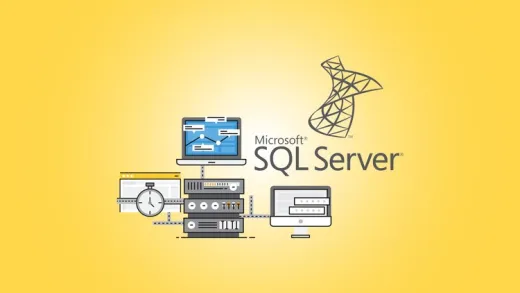Brief Summary
SQL Administration Part 2 dives into sharpening your SQL Server game! You’ll learn to boost performance through indexes, analyze stats, and get comfy with monitoring tools. Plus, it's all about preparing you for the next step in your SQL journey!
Key Points
-
Optimize SQL Server performance using indexes
-
Review Dynamic Management Views (DMVs) for analysis
-
Set up performance counters to gather metrics
-
Use SQL Profiler and Database Tuning Advisor (DTA)
-
Learn about partitions and contained databases
Learning Outcomes
-
Create indexes to enhance performance.
-
Troubleshoot queries using SQL Profiler.
-
Analyze performance with Activity Monitor.
-
Deploy Performance Monitor for SQL internals.
-
Monitor SQL Server health more efficiently.
About This Course
Learn how to optimize, improve performance, review and analysis statistics, use monitoring tools, and create indexes
SQL Administration Part 2 will benefit the student by providing the necessary guide lines for enhancing SQL Server performance by utilizing indexes, reviewing DMVs for analysis, and setting up performance counters for gathering resource metrics; and also I will explain a handful of utilities to gather information about SQL Server internals, such as SQL Profiler, Database Tuning Advisor (DTA), Extended Events, SQL performance monitor, Activity monitor, and teach about partitions, creating contained database for recovery, reviewing SQL server logs and by installing SQL Server 2014 as the newer SQL version.The student will not only add to the knowledge gained bur SQL Administration Part 1, but get prepared for the next course SQL Administration Part 3 – the high availability solutions.
At the end of SQL Administration Part 2, the student will be able to create indexes for to gain performance, use the SQL Profiler to find and trouble shoot expensive queries, use the activity monitor for analysis, deploy the performance monitor to find specific about SQL Server internals, use DTA utility, create and investigate issues with DMVs and extended events, look at SQL logs, monitor the health of the SQL Server more efficiently and much more.









Jorge U.
Very explained topics